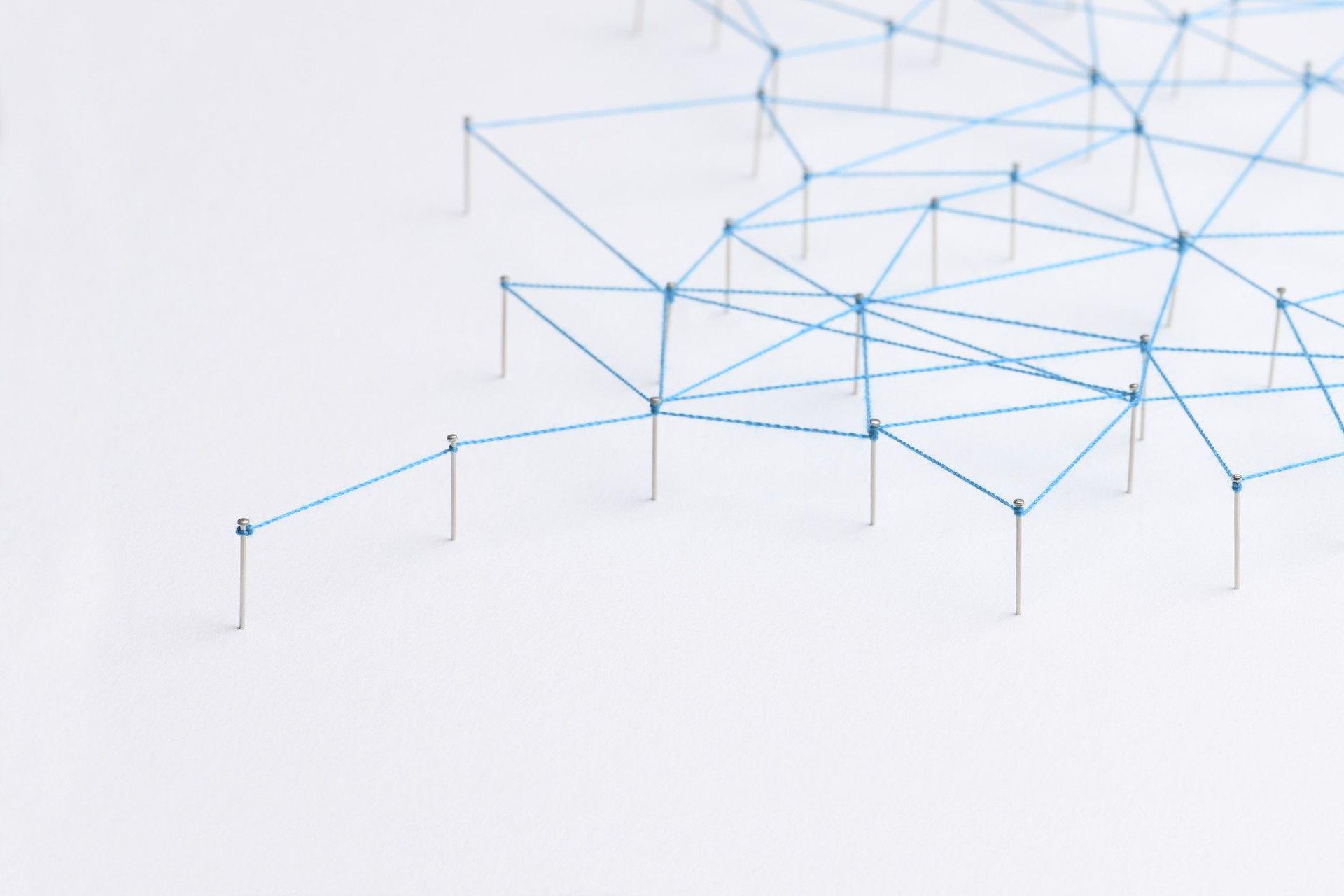Parallel processing stands as a transformative paradigm in computing, orchestrating the concurrent execution of multiple tasks or instructions to revolutionize the landscape of computational capabilities. This approach transcends the limitations of conventional sequential processing, heralding a new era of unprecedented computational speed, efficiency, and overall performance. Beyond its established role as a cornerstone in scientific and high-performance computing domains, the profound implications of parallel processing reverberate across diverse sectors, permeating our daily experiences and propelling the intricate machinery underpinning our interconnected digital realm.
As our world becomes increasingly reliant on swift and efficient data manipulation, parallel processing emerges not merely as a technological tool, but as an indispensable linchpin shaping the very trajectory of our technological future. By delving into the intricacies of parallel processing, we embark on a journey through the intricately woven tapestry of concurrent computation, uncovering its multifaceted impacts on disciplines as varied as artificial intelligence, simulation, multimedia, and beyond.

The essence of parallel processing
At its very essence, the concept of parallel processing embodies a profound adage: “Many hands make light work“. To illustrate this analogy, envision the harmonious ensemble of a symphony orchestra, where each musician contributes their unique notes to create an intricately woven tapestry of sound. Similarly, in the realm of computing, parallel processing orchestrates a symphony of multiple processors collaborating seamlessly to conquer complex tasks in a fraction of the time it would take a single processor to complete.
This innovative methodology of parallel processing has transcended theoretical abstraction to manifest in tangible applications that shape our world in multifaceted ways. From the orchestration of meteorological forecasts to the intricate simulation of molecular interactions and the rapid training of artificial intelligence algorithms, parallel processing has propelled us into a realm of heightened efficiency and expedited insights.
Industries that once grappled with the challenge of massive data processing, such as sciences, engineering, research, and retail, now harness the prowess of parallel programming to streamline their operations. This approach offers not only enhanced efficiency but also cost-effectiveness, as multiple cores, threads, or processors collaborate to yield results at a pace previously deemed unattainable. However, it’s essential to note that while parallel processing offers tremendous benefits, its implementation requires intricate coding and maintenance updates, and there are scenarios where the simplicity of serial systems is preferred due to reduced communication demands.
How artificial intelligence went from fiction to science?
The ramifications of parallel processing reverberate even further, spanning a diverse spectrum of applications that paint a vivid portrait of its transformative influence. Complex computational tasks are seamlessly divided into smaller jobs, distributed across multiple processors, and meticulously orchestrated to amplify both speed and efficiency. This phenomenon has found its place in fields as disparate as computational astrophysics, finance, video editing, and medical imaging. Graphics processing units (GPUs), the cornerstone of parallel computing, not only fuel the advancements in everyday devices but also power supercomputers like IBM’s Summit and Aurora.
The applications of parallel processing aren’t confined to merely enhancing speed; they extend to the pursuit of deeper insights. In the realm of astrophysics, for example, parallel supercomputers have unveiled intricate details about black holes and their influence on galaxies’ behavior. Environmental modeling projects, such as the pSIMS project by the University of Chicago, employ parallel processing to analyze complex changes across forests and oceans, contributing to our understanding of the impact of environmental shifts.
Even the nuances of modern life are impacted by parallel processing. The speed and efficiency it offers are the unsung heroes that make possible the intricate symphony of applications running on our smartphones, the fluidity of streaming platforms, and the rapid responses of real-time notifications. This symphony of simultaneous operations relies on parallel processing to ensure smooth user experiences.
To distill it further, parallel processing is a conduit for computational collaboration, weaving together the threads of multiple processors into a fabric of enhanced efficiency and expedited discovery. As we continue to unveil the mysteries of the universe, optimize our technological processes, and refine our understanding of complex systems, parallel processing stands as a steadfast partner in our journey, allowing us to navigate through the intricacies of data and algorithms with newfound agility and precision.
Historical evolution
The roots of parallel processing can be traced back to the mid-20th century, with early pioneers envisioning the potential of harnessing multiple processors to perform computations concurrently.
In the 1960s, as computer architectures evolved, researchers began exploring ways to break down complex problems into smaller tasks that could be solved in parallel.
However, it wasn’t until the late 1970s and early 1980s that parallel processing gained significant momentum. This era saw the emergence of supercomputers, which employed parallelism to achieve unparalleled computational power.
Systems like the Connection Machine developed by Thinking Machines Corporation showcased the potential of parallel architectures in scientific simulations, weather forecasting, and other data-intensive applications.

Different types of parallel processing for each task
Parallel processing manifests in various forms, each tailored to specific computing scenarios and tasks. Here are some key types of parallel processing:
- Bit-level parallelism: This form of parallelism involves segmenting tasks at the binary level. It reduces processor instructions by breaking down operations into smaller components that can be executed simultaneously. Bit-level parallelism is particularly effective for tasks that involve binary operations.
- Instruction-level parallelism: In instruction-level parallelism, multiple instructions are processed in a single clock cycle. This approach optimizes the use of processor resources by executing independent instructions concurrently. Pipelining and superscalar architectures are examples of instruction-level parallelism.
- Data parallelism: Data parallelism involves dividing tasks into smaller data segments that are processed concurrently by multiple processors. This type of parallelism is common in applications that require the same operation to be performed on different data sets, such as multimedia processing and scientific simulations.
- Task parallelism: Task parallelism decomposes a larger task into smaller subtasks that can be executed independently. These subtasks are processed concurrently by different processors. Task parallelism is prevalent in applications where tasks are inherently independent, such as web server requests or distributed computing.
The integration of parallel processing into computer architecture has been instrumental in addressing the challenges posed by increasing computational demands. As Moore’s Law predicted the continuous growth of transistor density on integrated circuits, parallel processing became essential to fully exploit the potential of multi-core processors. These processors, containing multiple CPUs on a single chip, became ubiquitous in personal computers and other computing devices.
Parallel processing in everyday life
Parallel processing, a dynamic force that has traditionally thrived within the scientific realm, now casts an increasingly influential shadow over the very fabric of our everyday existence. The transformative impact of parallel processing extends far beyond its esoteric origins, permeating the mundane yet vital tasks that punctuate our lives. From the intuitive applications on our smartphones to the seemingly simple act of web browsing, the intricate ballet of parallel processing quietly underpins the seamless orchestration of tasks that we habitually take for granted.
Consider a scenario where your smartphone becomes an emblem of parallel processing prowess. Engaging a navigation app while concurrently streaming your favorite music and receiving real-time notifications creates a captivating dance of simultaneous operations. Behind the sleek interface lies a symphony of parallel threads, each maneuvering independently to ensure the navigation system guides you unerringly while the melodies play harmoniously and notifications seamlessly punctuate your journey. This orchestration of multiple tasks in the background is the very essence of parallel processing at work, fundamentally enhancing the quality of your user experience without drawing attention to its intricate machinations.
Entertainment, a cornerstone of modern leisure, also owes a substantial debt to parallel processing. Streaming platforms, the virtual gateways to an expansive universe of visual and auditory content, rely heavily on the prowess of parallel processing to deliver a seamless and uninterrupted viewing experience. Imagine immersing yourself in a movie or a captivating TV show through an online medium. Behind the curtain of your screen, a multidimensional choreography unfolds as parallel threads synchronize to decode, buffer, and display the video while simultaneously aligning audio streams in perfect harmony. The collective effort of these threads paints a vivid tableau of parallel processing, as the technology works tirelessly to weave an immersive experience from fragmented digital data.

In essence, parallel processing has metamorphosed from a scientific powerhouse to an unsung hero threading its way through the daily fabric of our lives. As our reliance on digital devices and the data they process deepens, parallel processing becomes an ever-present sentinel, ensuring the swift and seamless execution of tasks that enrich and enliven our contemporary routines. From the symphony of apps on your smartphone to the cinematic spectacles streaming on your screens, parallel processing manifests as an invisible hand, diligently shaping the contours of modernity and elevating the human-technology symbiosis to unprecedented heights.
A potential that we cannot ignore
The possibilities enabled by parallel processing are as diverse as they are exciting. One of the most prominent domains benefiting from this technology is artificial intelligence. Machine learning algorithms, particularly deep learning models, require immense computational power.
Parallel processing allows these algorithms to train faster and tackle more complex problems. Consider language models like ChatGPT, which are powered by parallel processing. They can generate coherent text, assist in writing, and even hold conversations, all thanks to the underlying parallelism that accelerates their training and inference.
Furthermore, parallel processing plays a pivotal role in scientific breakthroughs. In fields such as genomics, parallelism enables researchers to analyze vast amounts of genetic data swiftly, paving the way for personalized medicine and deeper insights into human health.
Not free from challenges
While parallel processing offers a plethora of benefits, it is not without its challenges. Coordinating multiple processors to work harmoniously requires intricate design and synchronization mechanisms. Parallelism introduces complexities related to data sharing, load balancing, and race conditions, where threads contend for shared resources.
Security and fault tolerance also pose concerns. Ensuring that data remains secure and accurate while processed in parallel is a formidable challenge. Faults in one processor can impact others, potentially leading to system crashes or data corruption.
Evolution of the tech world
Parallel processing’s influence extends beyond individual devices; it shapes the architecture of data centers and cloud computing infrastructure. As businesses increasingly rely on cloud services, parallel processing becomes integral to delivering scalable and responsive services.
Whether it’s online shopping, streaming, or social media, parallelism underpins the seamless user experience demanded by today’s tech-savvy audience.
While the complexities of parallel processing might seem distant to the everyday user, its impact is profound. Consider the advancements in smartphone cameras. Parallel processing enables devices to capture, process, and enhance images instantaneously. Features like portrait mode, image stabilization, and facial recognition rely on parallelism to deliver stunning results.

Moreover, the rise of Internet of Things (IoT) devices means that this type of processing is now embedded in our appliances, cars, and even home assistants. These devices collaborate to create smart homes, where lighting, climate control, and security systems operate in harmony.
Parallel processing has transcended its origins in scientific computing to shape our digital world. Its applications span from transformative scientific research to enhancing the devices we use daily. As technology evolves, parallel processing remains a key enabler, driving the innovation that defines the present and shapes the future. While challenges persist, the potential rewards of this parallel path are too significant to ignore. With its role expanding across industries and domains, parallel processing stands as a testament to humanity’s ability to harness collective power for progress.
Featured image credit: Freepik





